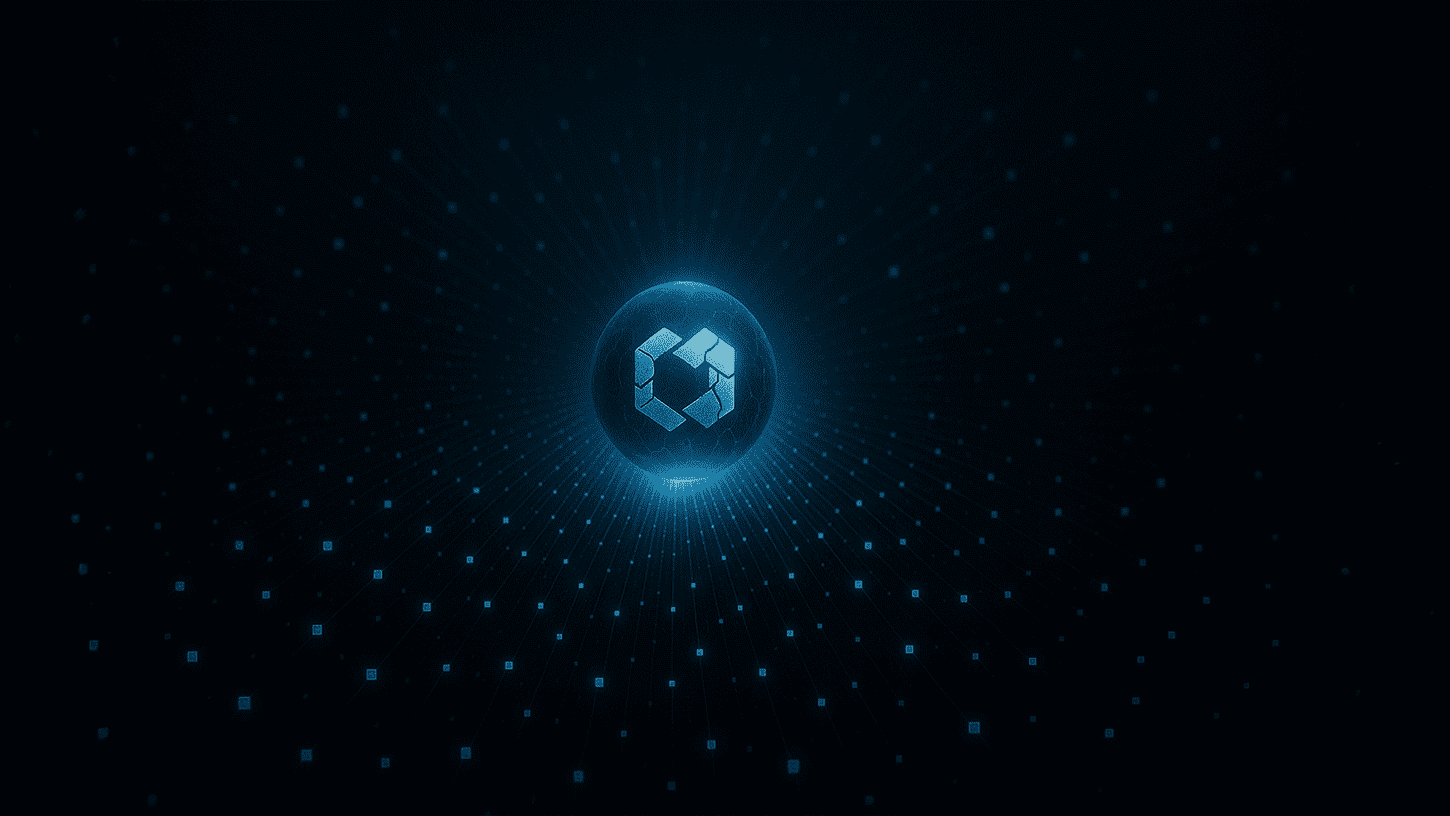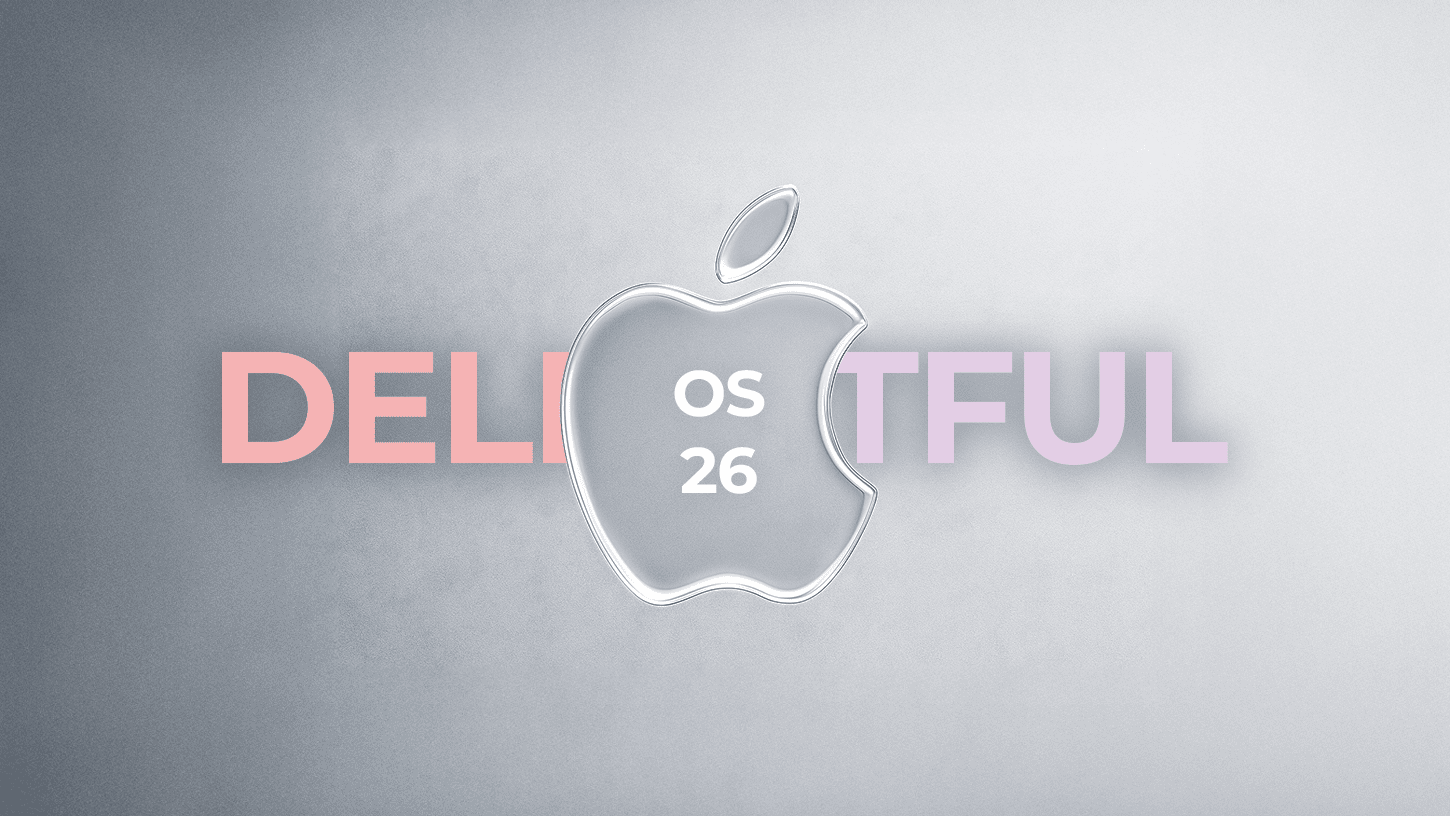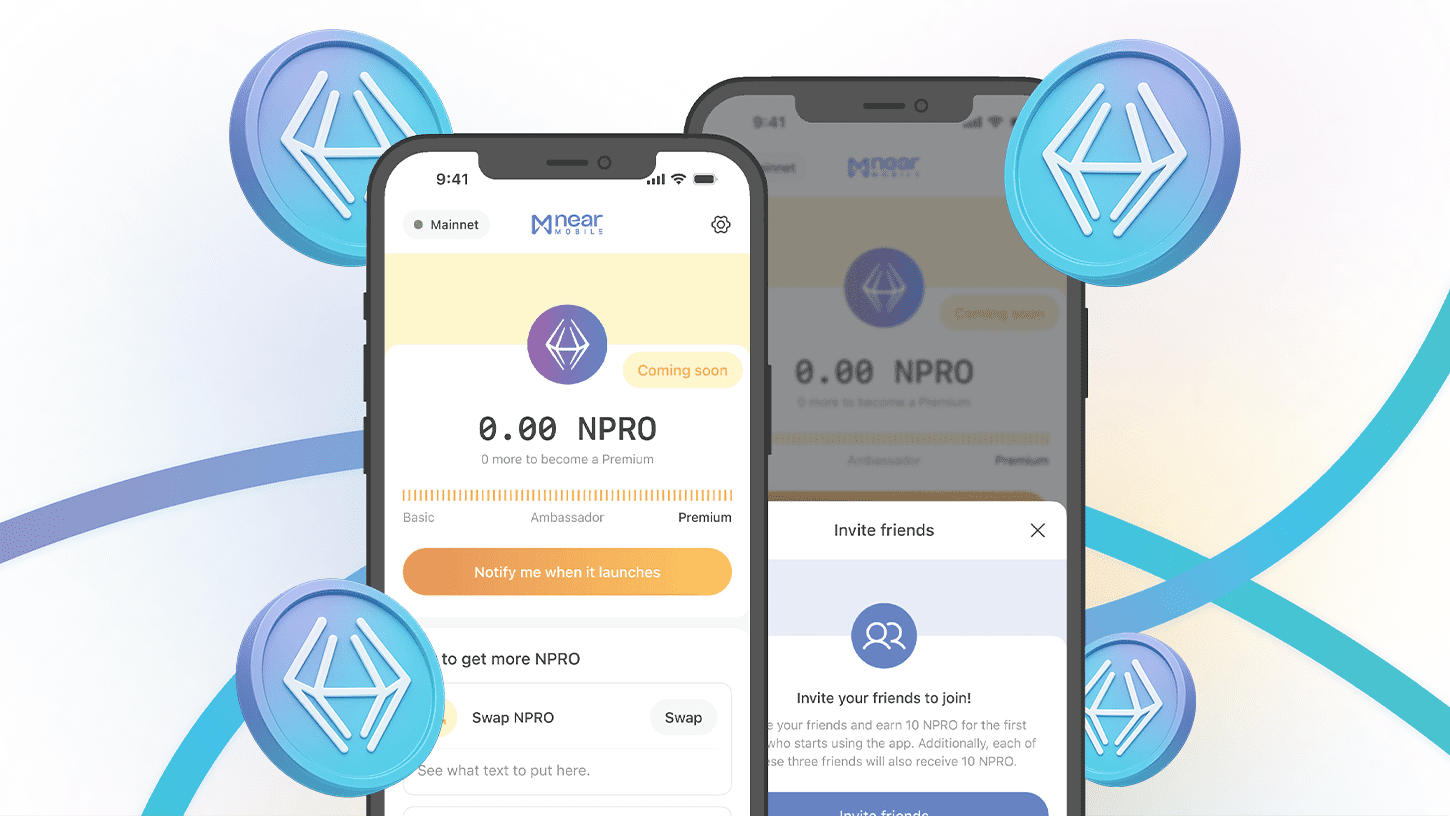Cursor 2.0 Launches with Composer – A 4x Faster AI Built to Code Like a Team of Developers

Artificial intelligence continues to redefine the way developers build, debug, and scale software. Now, Cursor has taken that evolution a step further. With the release of Cursor 2.0 and its first proprietary coding model, Composer, the company is introducing a new era of multi-agent, frontier AI development where machines don’t just assist programmers but collaborate with them like a real engineering team.
Composer: The Frontier Model for Modern Developers
At the center of this update lies Composer, Cursor’s first in-house frontier coding model, designed to drastically reduce latency while boosting contextual understanding across massive codebases.
Composer is four times faster than models of similar intelligence, completing most operations in under 30 seconds, a game-changer for developers tired of waiting through long iteration loops. This speed is not just performance bragging; it’s strategic. Composer’s design is optimized for low-latency agentic coding, enabling multiple agents to work together without delay.
Composer is also built with an intelligent suite of tools, including codebase-wide semantic search, allowing it to comprehend the full context of a project, navigate repositories fluidly, and make edits that respect system-wide dependencies.
Early testers have described the experience as working with a “senior engineer who never gets tired.” Composer isn’t just reactive, it’s iterative, intelligent, and capable of autonomous problem-solving at scale.
Cursor 2.0: A Platform Built Around Agents, Not Files
While Composer powers the brain, Cursor 2.0 provides the ecosystem. The platform’s redesign reimagines what an Integrated Development Environment (IDE) can be, shifting focus from files and functions to agent-driven collaboration.
The new interface allows developers to delegate goals to AI agents, letting them handle the complex, repetitive, or exploratory parts of coding. Yet, for developers who prefer direct control, Cursor still supports manual file access and a traditional IDE view.
This new architecture embraces the idea that software development should be outcome-focused, with humans defining intent and agents handling execution.
Parallel Processing: Many Agents, One Goal
Cursor 2.0 introduces a unique parallel processing feature, allowing developers to run multiple agents simultaneously. This means several models can tackle the same problem independently, and Cursor automatically selects the best result.
Using git worktrees or remote machines, agents can safely operate in parallel without interference. This architecture has been particularly effective for harder programming tasks, where multiple attempts or perspectives often lead to a stronger, cleaner final outcome.
It’s a concept inspired by human teamwork, mirroring how developers brainstorm, test, and iterate ideas simultaneously. In Cursor 2.0, AI agents now do the same.
Solving the Two Major Bottlenecks: Review and Testing
As AI-driven coding matures, new pain points have emerged: code review and testing. Cursor 2.0 addresses both directly with built-in solutions.
- Smarter Code Review:
The updated review system allows users to see exactly what changes an agent made, dive into the reasoning behind it, and approve or adjust quickly. - Native Browser Testing:
Cursor’s integrated browser tool lets the AI test its own work, executing code in a sandbox environment, validating results, and iterating until the solution meets user intent.
These capabilities close a critical feedback loop, turning Cursor into not just a coding assistant but a self-validating development system.
From Tools to Teams: The New AI Developer Experience
Cursor’s approach with Composer and the 2.0 update signals a broader industry trend: the rise of agentic development environments (ADEs). Instead of working in isolation with static tools, developers now interact with collaborative AI entities capable of reasoning, testing, and learning in real time.
This model represents a shift from “AI as autocomplete” to “AI as co-engineer.” And it’s already redefining productivity benchmarks across the software industry.
The Future of Agentic Coding
With SOC 2 certification and a growing developer community, Anysphere, the company behind Cursor, is positioning itself as a leader in secure, AI-native development environments.
Composer’s launch not only introduces a faster, more capable model but also sets the foundation for what many believe is the next generation of software creation: an era where developers orchestrate ideas, and AI agents build them.
Cursor 2.0 is now available for download at cursor.com.






